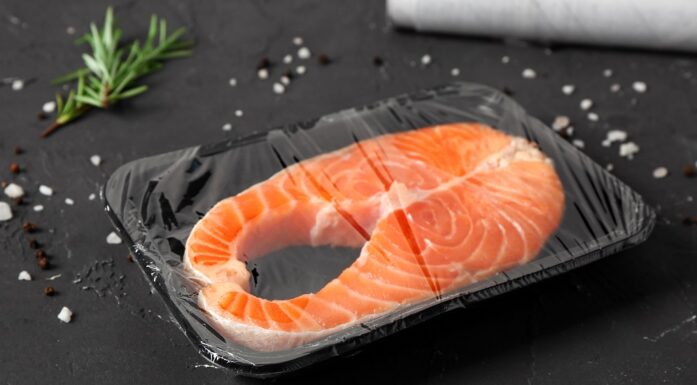Making the invisible visible
A new camera exposes secrets hidden on a surface: spots of cancer on a face. Human remains on a hill. The discoverer of this camera calls it the “PryJector.”
Scene 1:
A patient has come for an exam of a malignant melanoma – a cancerous mole. The question is whether or not the spots on his face have developed into malignant cancer. This will be determined today, by taking tests – biopsies – of the body’s tissue. But a specially designed camera can take a picture of the patient’s face, and immediately send the optical information to a program that separates and analyses the information, and then projects the image back onto the patient’s face. If any of the moles are malignant, they light up in a different colour.
Scene 2:
The narcotics police ransack an apartment, but can find nothing. There’s a delivery van parked outside, and it belongs to one of the apartment’s residents. The vehicle is empty and newly washed. A policeman opens the back door and sweeps across the space with a special camera. Small, strongly coloured spots light up in one of the corners: the smugglers weren’t thorough enough with their cleaning.
Scene 3:
A fully loaded passenger plane has crashed on a ridge on its way in for a landing. Many people are dead, and human remains are scattered all over. A helicopter circles slowly over the crash, just above the treetops, while a rescue team sweeps over the area with the PryJector. The presence of human remains light up in the terrain, as the camera projects artificial colours onto the surface to show where they are located.
The prototype for such a camera is being developed at NTNU, and the inventor has applied for international patents.
Inspired by CSI
It began with a NTNU professor who sat on his couch in front of his television set to enjoy one of the world’s most watched TV series. Professor Bjørn Alsberg from NTNU’s Department of Chemistry is a big fan of “CSI.” The initials stand for Crime Scene Investigation.
Thousands of colours in each pixel
The basic technology involves a hyperspectral camera. These kinds of cameras are different from the usual digital camera because they can record the whole spectrum of colours in each pixel. A pixel is the smallest bit of information in a digital image.
In an ordinary digital camera each colour is a mixture of the three primary colours, red, green and blue. Technically speaking, different wavelengths of light correspond to each of the three colours, which are absorbed and produce a unique colour for each pixel.
“In a hyperspectral camera, we have absorp?tion from hundreds or thousands of ‘colours’, says Professor Alsberg, and continues, “The ?reason that I put quotation marks around the word colour is that we often use wavelengths beyond visible light, in this the case the near infrared. The word colour is not entirely accurate because it applies only to what is visible to the human eye.”
Chemical images
Having several thousand “colours” at your disposal instead of just three means there’s a correspondingly greater amount of information. But how can that ?information be used to make chemical images?
“It turns out that when we send light of many wavelengths at a material, it absorbs quantaties of light with varying levels of energy in a pattern that is specific to the material or substance that we are looking at,” explains Alsberg.
As a result, we have information from different parts of the electromagnetic spectrum in each pixel. Based on this, we can construct a chemical image through the use of so-called chemometric techniques to extract the relevant information from each pixel.
Typically, this kind of information either relates to concentrations or the presence of one or more compounds. Chemometrics is a discipline that uses multivariate statistical techniques, among others, to analyse complex data.
A drawing on top of reality
Hyperspectral cameras exist today. Professor Alsberg’s contribution is to design a camera that produces chemical images that are projected onto the surface that is under investigation and recorded with the hyperspectral camera. Preferably this should be done in real time, however the current version of the PryJector is not able to do this.
Hyperspectral cameras do not operate in real time due to large amount of data recorded and time consuming computations. Because of this, Alsberg’s ?patent for the PryJector also includes a way to provide real time scanning which will be ?tested in the near future.
“The chemical image is drawn on top of the object using easily distinguishable false colours in order to highlight the compounds or properties you’re looking for”, says Alsberg. “These links can be anything from body fluids to drugs, as well as all possible chemical compounds that absorb in the wavelength that you’re using.”
The camera may also be adjusted so that it identifies physical characteristics such as material density. As a result, it will be possible to image crack formation and the like in a material.
“The technological challenge has been twofold”, explains Professor Alsberg. “One is to get the projected image to sit properly, so that the overlap is perfect. The second is to speed up the time needed to take pictures.
I expect that in the near future it will be possible to record and display several chemical images per second.”
BY: Tore Oksholen







